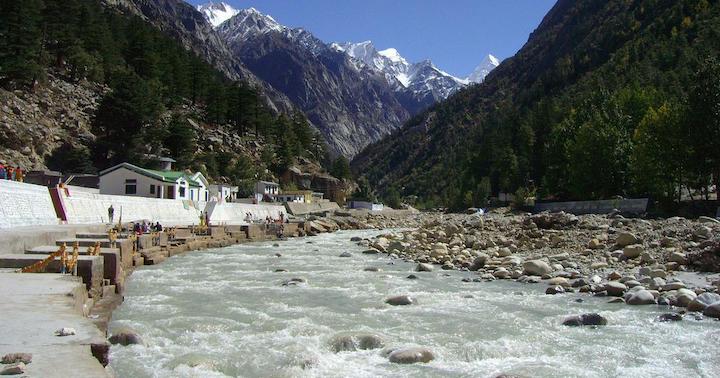Rivers are the lifeblood of civilizations, nurturing cultures, ecosystems, and economies. In India, rivers hold a sacred place in the hearts of its people, symbolizing purity, fertility, and spirituality. However, in the past centuries, India has lost several of its rivers, altering landscapes and impacting the lives of millions.
The disappearance of significant rivers like the Saraswati, lost to geological changes over millennia, serves as a poignant reminder of the natural ebb and flow of waterways. However, in recent times, the thoughtless actions of man have accelerated the loss of rivers across the country.
As we observe the International Day for Action for Rivers, it’s crucial to reflect on these lost waterways and the urgent need for their restoration and preservation.
Yamuna River

The Yamuna River, one of India’s most revered water bodies, has sadly fallen victim to a myriad of anthropogenic activities, leading to its gradual disappearance and degradation, particularly in its stretch passing through Delhi. Historically, the Yamuna was celebrated for its sacred significance in Indian mythology and its crucial role in sustaining life along its banks. However, rapid urbanization, unchecked pollution, and unsustainable development practices have severely compromised the health and vitality of the river, transforming it from a lifeline to a mere conduit of sewage and industrial effluents.
One of the primary contributors to the disappearance of the Yamuna River in Delhi is the unchecked discharge of untreated sewage and industrial effluents directly into its waters. As the capital city expanded rapidly, the volume of sewage generated increased exponentially, overwhelming the capacity of existing treatment infrastructure and leading to the direct dumping of raw sewage into the Yamuna. Consequently, the river became one of the most polluted in the world, with its waters unfit for bathing, drinking, or sustaining aquatic life.
Furthermore, the construction of dams, barrages, and embankments along the Yamuna River has altered its natural flow regime, disrupted sediment transport, and degraded riparian habitats. These infrastructural interventions, undertaken ostensibly for flood control and water management purposes, have fragmented the river’s ecosystem, reduced its ecological connectivity, and exacerbated its vulnerability to pollution and degradation. Additionally, the indiscriminate encroachment and illegal sand mining along the banks of the Yamuna have further narrowed its channel, accelerated erosion, and degraded riparian habitats.
The disappearance of the Yamuna River has had far-reaching consequences for the environment, economy, and public health in Delhi and its surrounding areas. Aquatic ecosystems that once thrived in its waters have been decimated, leading to the loss of biodiversity and ecosystem services. Moreover, communities that depended on the Yamuna for irrigation, fishing, and domestic water supply have been adversely affected, facing water scarcity, loss of livelihoods, and health hazards due to pollution. Urgent and concerted action is needed to reverse the degradation of the Yamuna River, including comprehensive pollution control measures, restoration of riparian habitats, regulation of sand mining activities, and promotion of sustainable development practices. Only through collaborative efforts and collective action can we hope to revive the Yamuna River and ensure its sustainability for future generations.
Ghaggar-Hakra River



